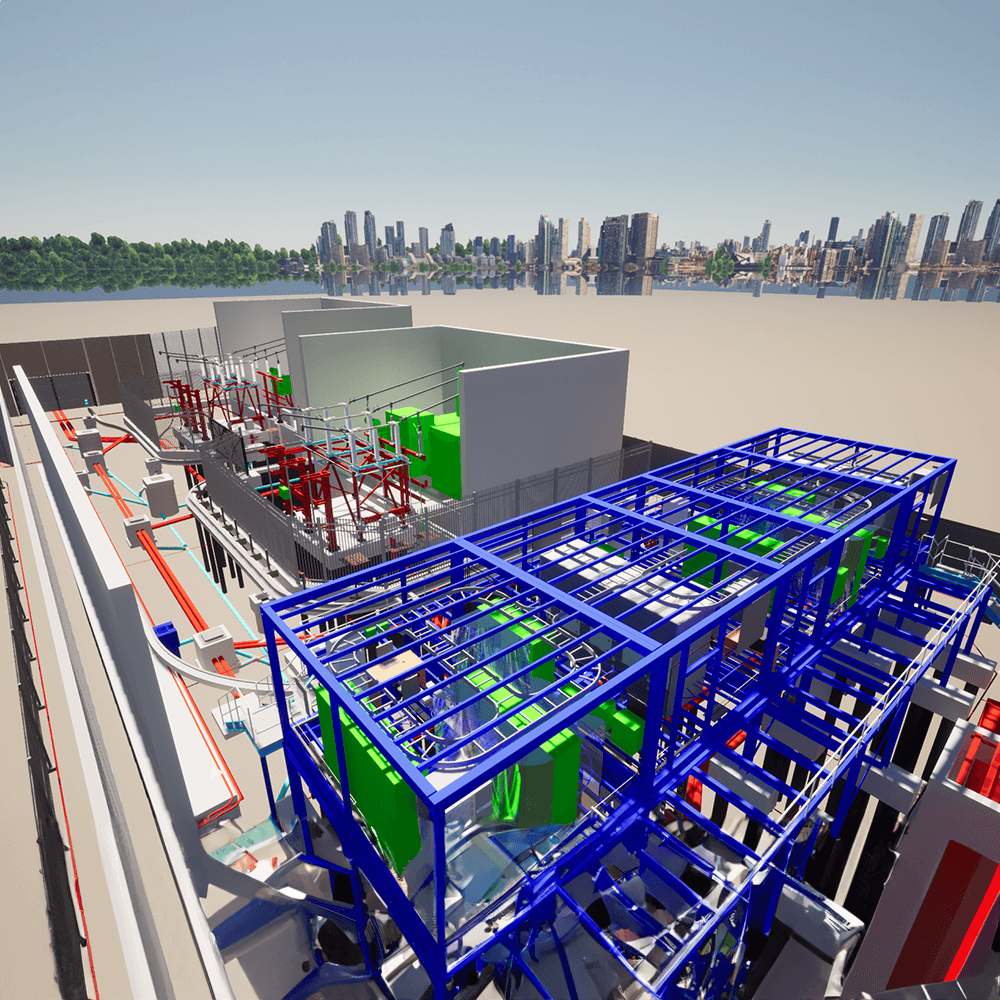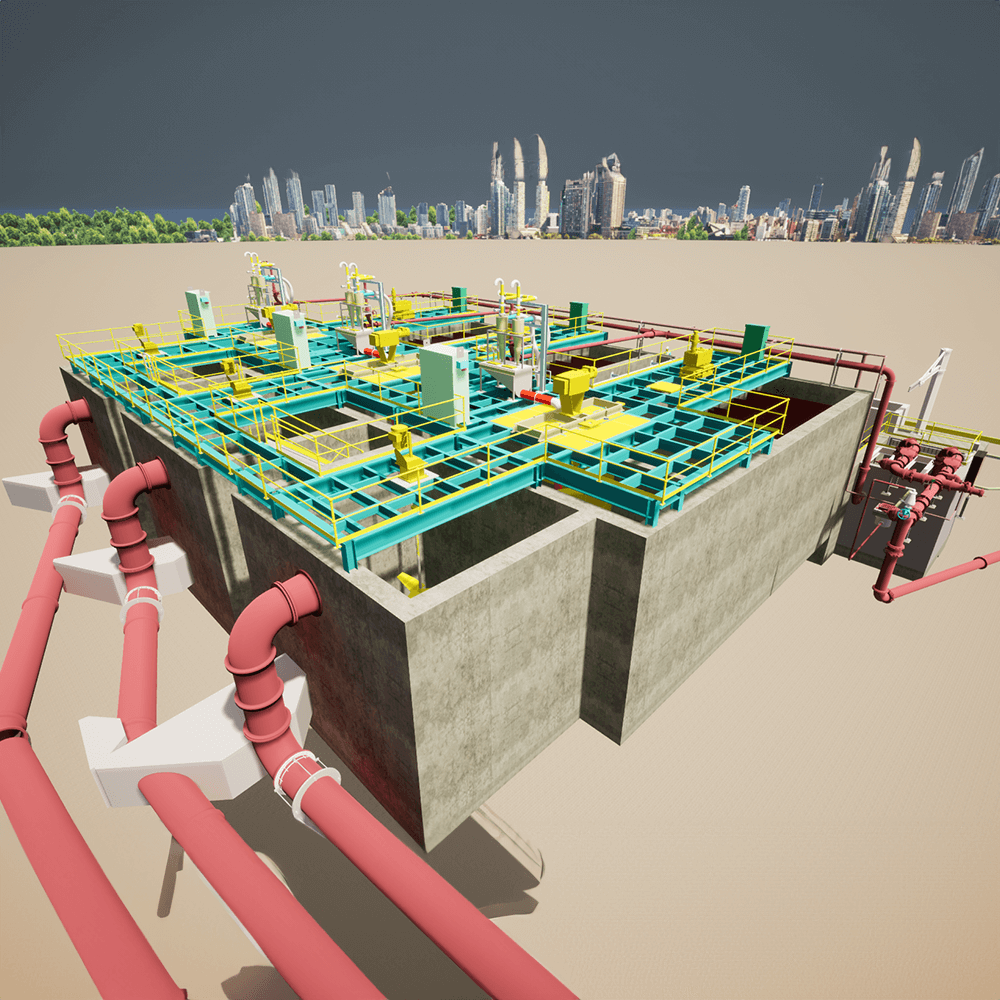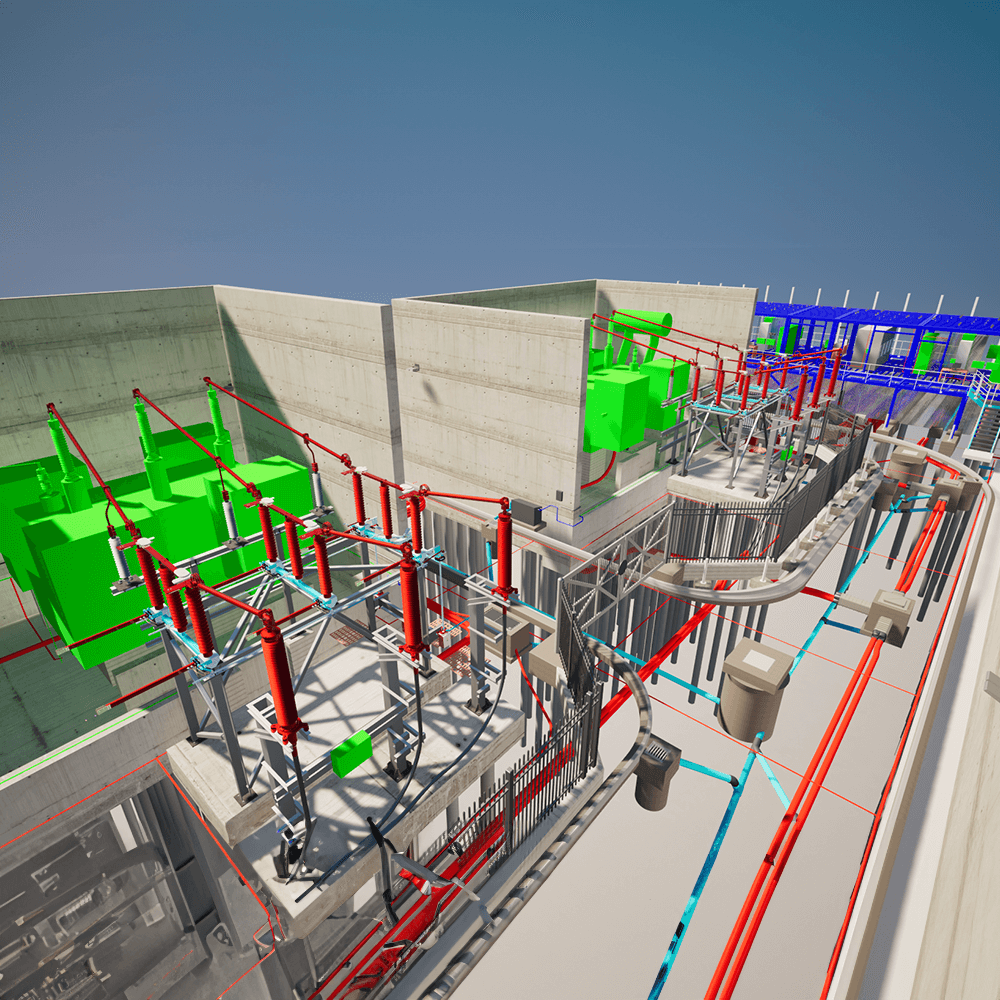Understanding BIM and Its Impact on Structural and Civil Engineering
Building Information Modelling (BIM) is a revolutionary approach to the design, construction, and management of buildings and infrastructure. At its core, BIM involves creating and using intelligent 3D models to inform and communicate project decisions. Unlike traditional 2D drafting, BIM provides a comprehensive digital representation of the physical and functional characteristics of a facility, allowing for enhanced collaboration, efficiency, and accuracy throughout the project lifecycle.
Structural Engineers play a crucial role in ensuring the integrity and safety of buildings and infrastructure. BIM significantly enhances their ability to deliver high-quality designs and services. Here’s how:
Structural Engineers play a crucial role in ensuring the integrity and safety of buildings and infrastructure. BIM significantly enhances their ability to deliver high-quality designs and services. Here’s how:
The adoption of BIM is transforming the way Structural Engineers and Civil Engineers approach their work. By providing a comprehensive digital platform for design, analysis, and collaboration, BIM enhances the quality, efficiency, and sustainability of engineering projects. As technology continues to evolve, BIM will undoubtedly play an increasingly important role in shaping the future of the built environment.




Please fill in the form and we will get back to you as soon as possible to discuss your new project.